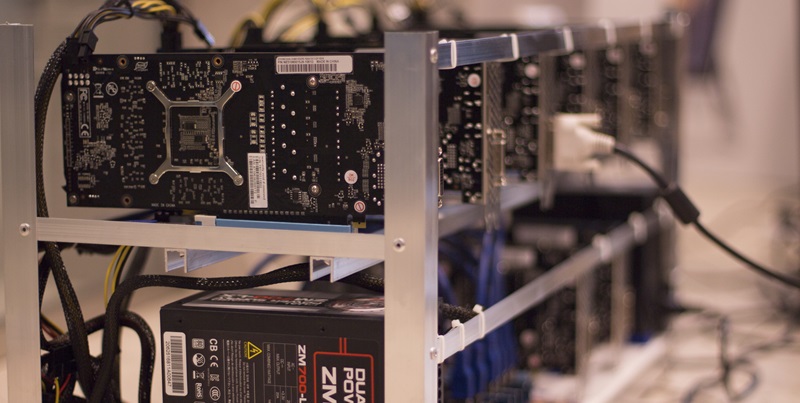Multiple rumors have surfaced recently regarding the potential delay of Nvidia’s highly anticipated RTX 5000 graphics cards. Furthermore, there are murmurs of a supercharged variant called the RTX 4090 Super. These rumors have sparked speculation about the direction Nvidia will take in response to the upcoming RDNA 4 GPUs from rival company AMD. While it is crucial to approach these rumors with caution, they provide an interesting glimpse into the future of Nvidia’s graphics card lineup.
Details on the RTX 4090 Super
According to reputable sources such as RedGamingTech (RGT), it is suggested that next-generation Blackwell GPUs, including the RTX 4090 Super, could face delays. Nvidia, as a result, has reportedly resumed testing of the RTX 4090 Super. Rumored specifications for this supercharged variant include a modest increase in CUDA cores, with an additional 1,024 cores, which may not significantly impact overall performance. However, the improved memory bandwidth, incorporating faster VRAM, along with a theoretical increase in L2 cache, is expected to have a more substantial effect on performance.
The expected performance improvement of the RTX 4090 Super, compared to its predecessor, the RTX 4090, is estimated to be around 10% on average. However, performance gains may vary depending on individual games and applications.
Introduction to the more powerful RTX Titan
In addition to the RTX 4090 Super, Nvidia is rumored to be working on an even more powerful graphics card, the RTX Titan. This advanced version of the Blackwell architecture is speculated to feature a significant boost in performance. The RTX Titan is expected to boast an additional 1,792 CUDA cores compared to the RTX 4090, resulting in enhanced rendering capabilities. Furthermore, it is rumored to contain a substantial doubling of VRAM, reaching an impressive 48GB. These enhancements could make the RTX Titan an appealing option for professionals and enthusiasts seeking unparalleled graphics performance.
Consideration of Nvidia’s priorities
One major consideration is whether it is truly worth Nvidia’s effort to release the RTX 4090 Super and RTX Titan for the consumer market. These powerful GPUs contain the AD102 chip, which could be optimized to target heavyweight high-performance computing and AI applications. Some analysts argue that Nvidia may prioritize these segments to maximize profits. On the other hand, RedGamingTech suggests an alternative viewpoint, implying that Nvidia’s heavyweight graphics cards might indeed receive priority. These cards could prove to be extremely lucrative for Nvidia, making the releases of the RTX 4090 Super and RTX Titan plausible.
Possibility of the RTX 4090 Super as a response to AMD
Given the potential delays in the release of Nvidia’s RTX 5000 series, the company may need a competitive offering to counter AMD’s RDNA 4 GPUs. With the RTX 4090 Super and the more powerful RTX Titan, Nvidia would have a strategic advantage in maintaining its position in the consumer space in 2024. These graphics cards could provide significant performance improvements while ensuring that Nvidia remains competitive against its rivals.
While these rumors concerning the delay of Nvidia’s RTX 5000 graphics cards and the introduction of the RTX 4090 Super are intriguing, it is important to approach them with skepticism. Speculation in the tech industry can often be inaccurate, and plans may change rapidly. Nvidia’s ultimate decisions regarding their graphics card lineup remain uncertain. However, if these rumors prove to be true, consumers can expect an exciting era of graphics card releases, potentially with the introduction of powerful GPUs like the RTX 4090 Super and RTX Titan. As always, it is wise not to rely solely on rumors, and it is crucial to await official announcements from Nvidia to gain a comprehensive understanding of their product roadmap.

